7 Elements of Interior Design that define and refine your space
30/04/2021 2024-02-26 7:317 Elements of Interior Design that define and refine your space
The 7 Elements of Interior Design are what make the preface to the process of designing an interior of a space. They are fundamental design tools or rules based on which a physical space is defined. Interior design as exciting as it is, can become a daunting process if you lack the clarity and knowledge essential to design your dream home.
Here, we discuss the 7 elements of interior design that make up for an interior that is both aesthetically pleasing and efficient in functionality:
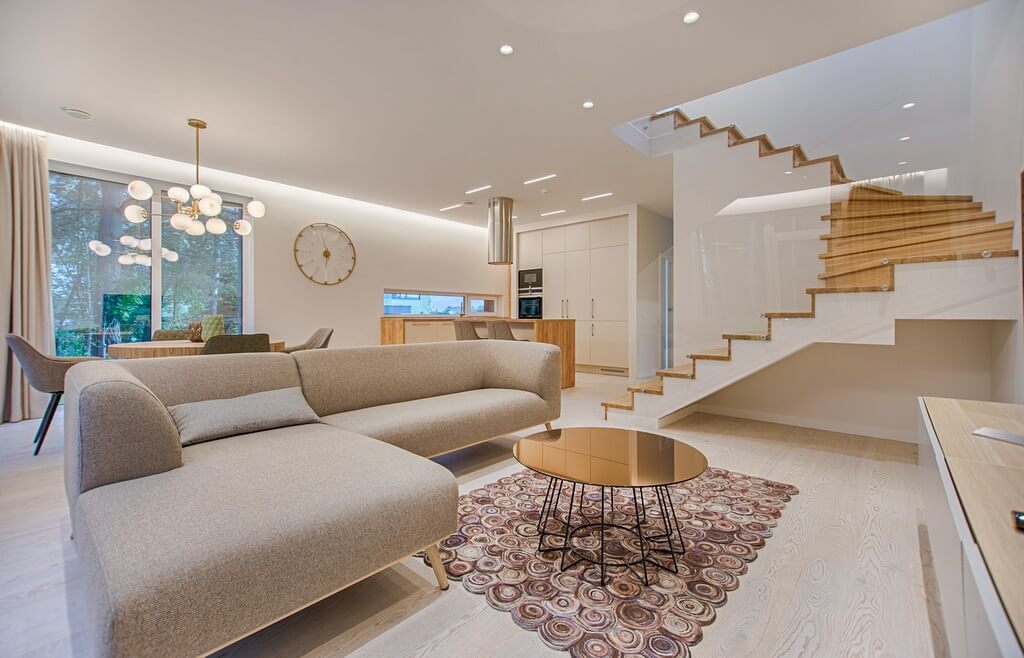
- Space: In simple terms, space is the area available to work within a room. It is in this defined space that an interior designer designs the structure, divides the space to serve the purpose of the room.
Space is divided into 2 types. While the length and width of a floor are considered as two-dimensional space, length, width, and height are considered as three-dimensional space. A defined space is divided to accommodate interior furniture, objects and create pathways based on these dimensions.
Apart from this, space is also divided into positive space and negative space. Any space that is filled with furniture and decor is defined as a positive space in interior design. Whereas negative space in interior design is the empty area around and in between all the décor pieces. Striking the right balance between positive and negative space in interior design is the true mark of an interior designer.
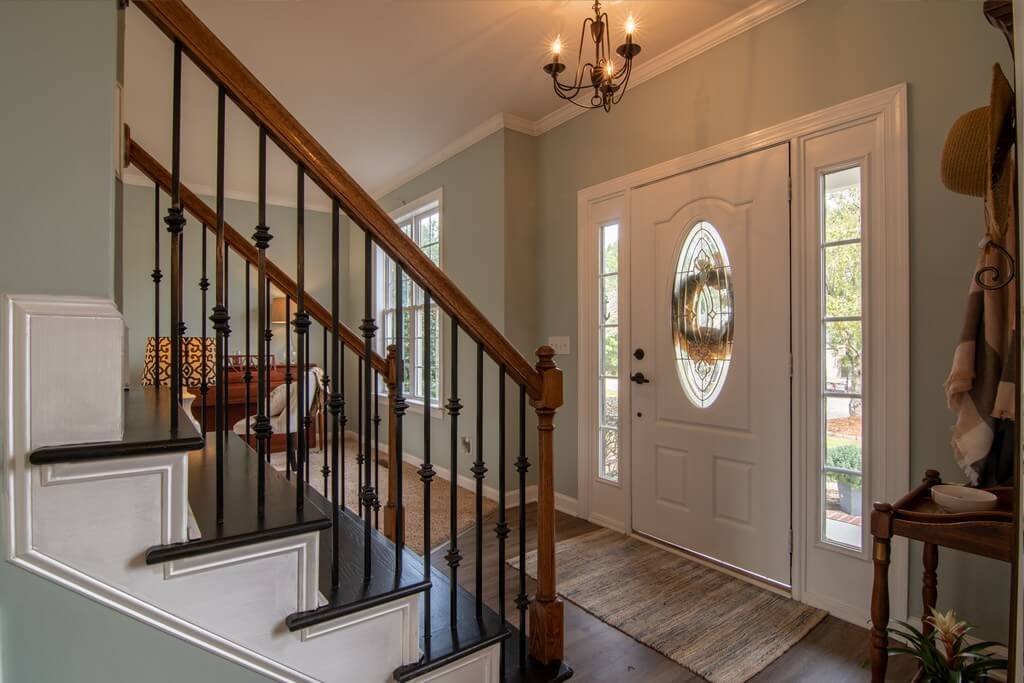
- Form: Form, or referred to as ‘shape’ is the shape of a room and the objects that go into the room. Form refers to the shape of any three-dimensional space or object. Forms are divided into organic/natural forms and geometric forms. Organic form refers to anything that seems to be derived from nature and has no definite shape or form. These forms create a natural feel in the space. Generally looking man-made, geometric forms are hard lines and square edges.
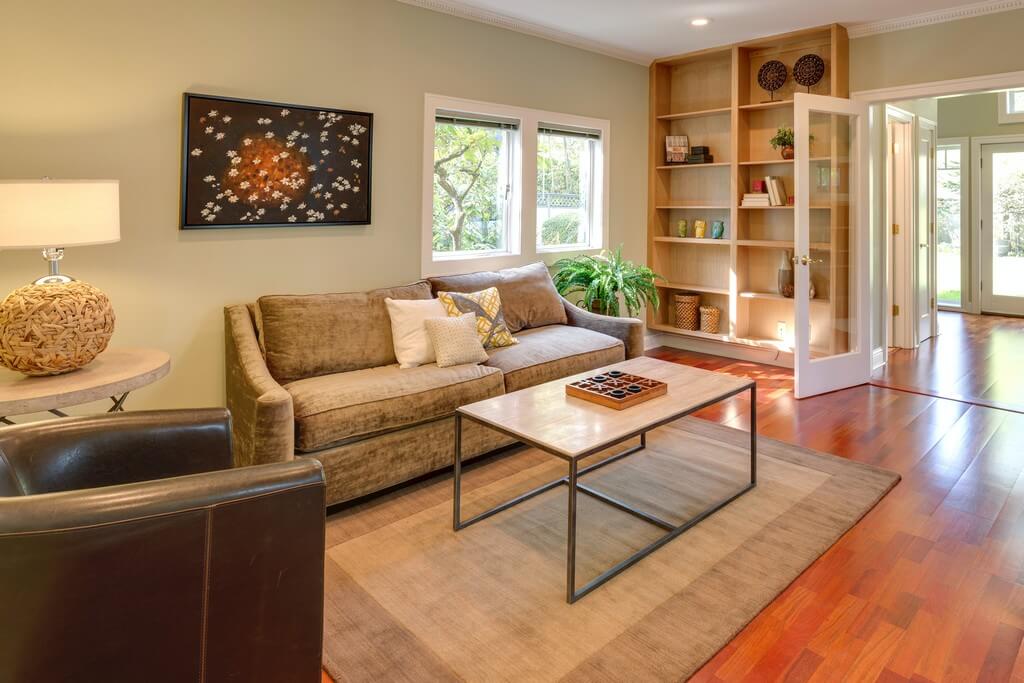
- Light: Light is a vital element of interior design. Be it natural or man-made light or a combination of both, without well-designed lighting, all the other elements and objects fail to show their full potential. For instance, living rooms usually go with a combination of softer light and natural light.
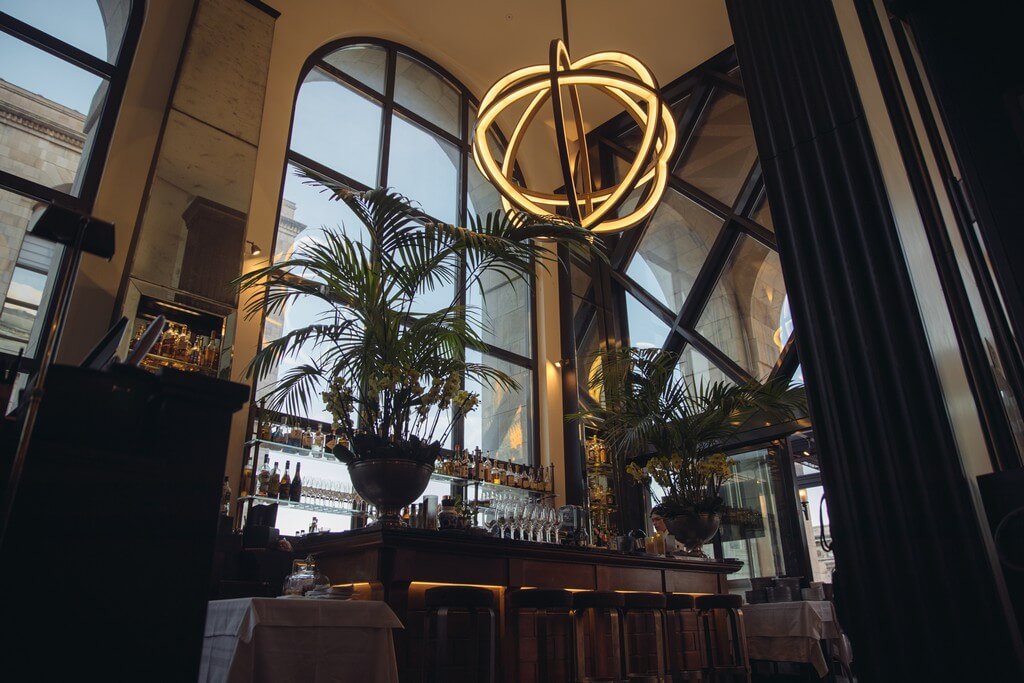
- Line: The implementation of line in interior design is one of the important 7 elements of interior design. Three types of lines – horizontal lines, vertical lines, and dynamic lines help shape the room and provide a definite structure to the room. An Interior designer believes that while interior furniture like tables makes up the horizontal lines, they give a sense of stability and security. Vertical lines comprise features like windows, doorways. Vertical lines, on the other hand, depict a sense of freedom and liberty. Dynamic lines which include zigzag, curved lines offer excitement and energy. Inculcating a strategic usage of horizontal lines combined with vertical lines reflects the skills of a talented interior designer.
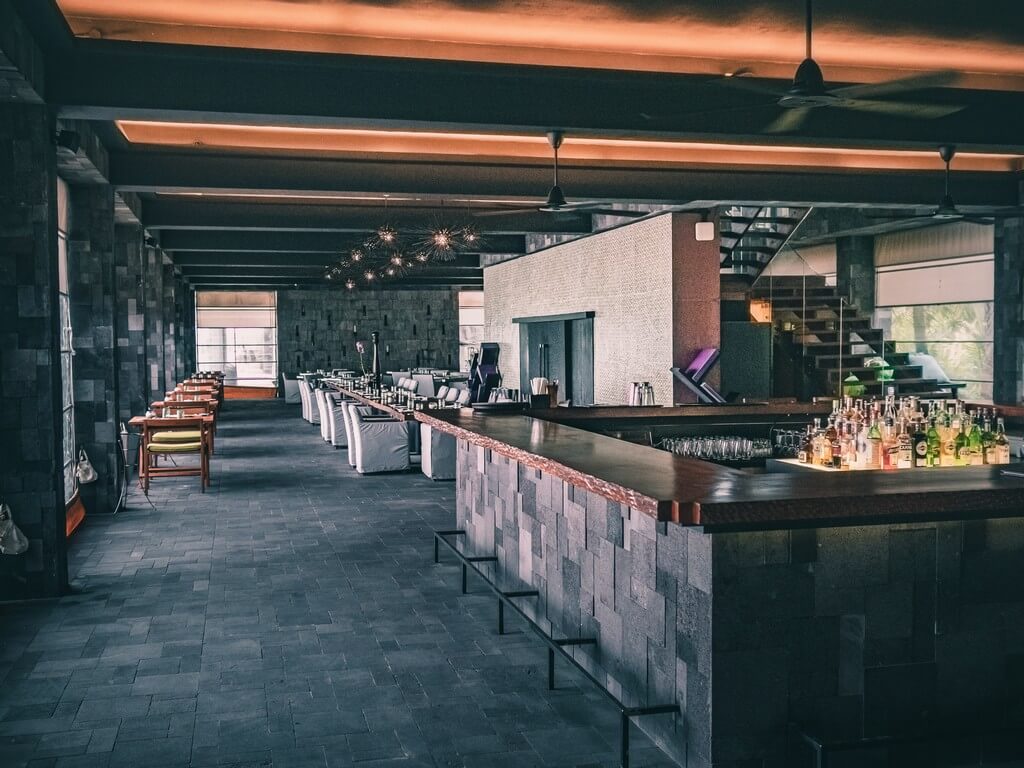
- Colour: This doesn’t need a definition, isn’t it? As simple as the word sounds, getting the colour right for an interior is not a cakewalk. With myriads of colours and shades, interior designers need to be cautious about the colours they choose. Colour is an integral part of the elements of interior design as they define the mood, create and alter the perceptions of large and small spaces.
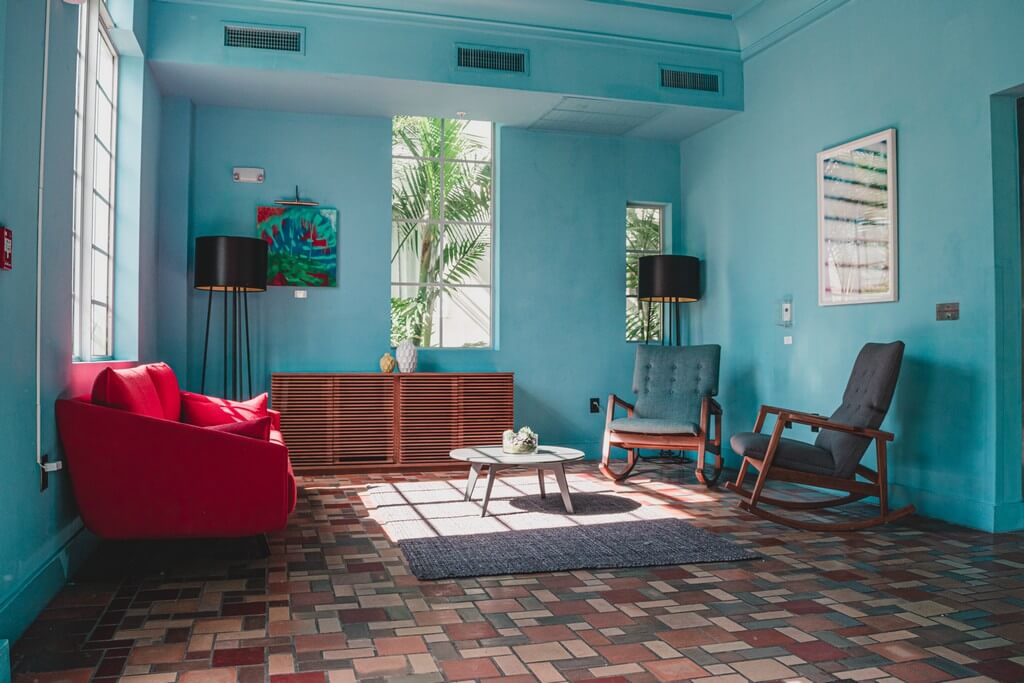
- Pattern: A pattern is created by the use of a repetitive design and can be found in wallpaper, soft furnishings, rugs and fabrics of an interior. The Pattern comes in various types, such as stripes, geometric, pictorial, organic, motif and animal prints.
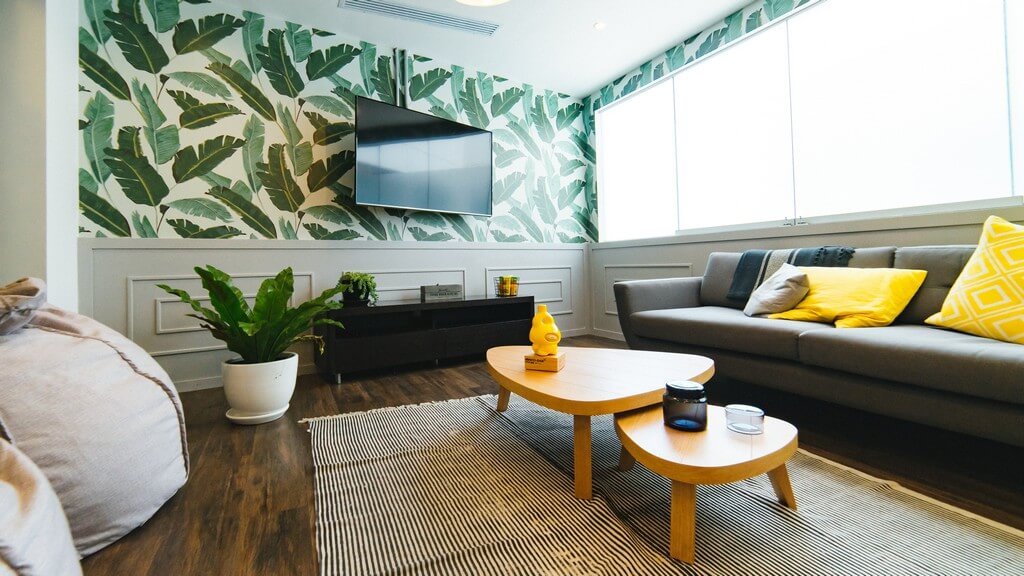
- Texture: Texture simply refers to the way an object feels. The feeling can be obtained without actually touching the object. For example, if you say ‘the living room is luxurious,’ you are implying the texture of the living room without experiencing any physical touch as such.
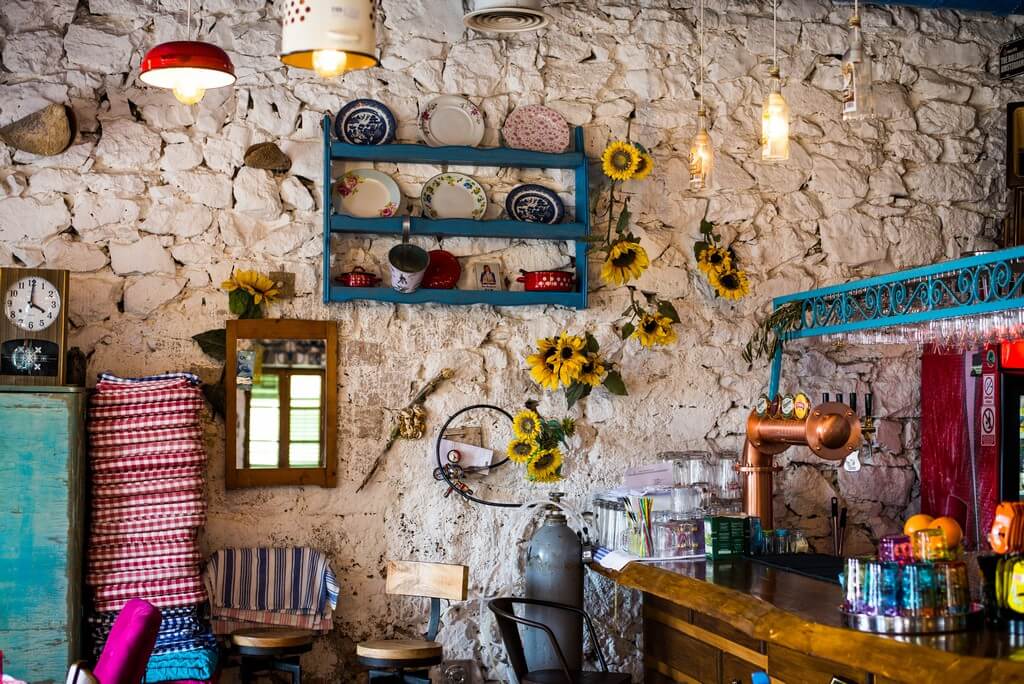
The 7 Elements of interior design play an important role in designing a physical space. Be it a house or office, without the seven elements of interior design, your dream home will remain a dream! Learn about the elements of interior with our 3 years BSc. in Interior Design and Decoration prograame.













